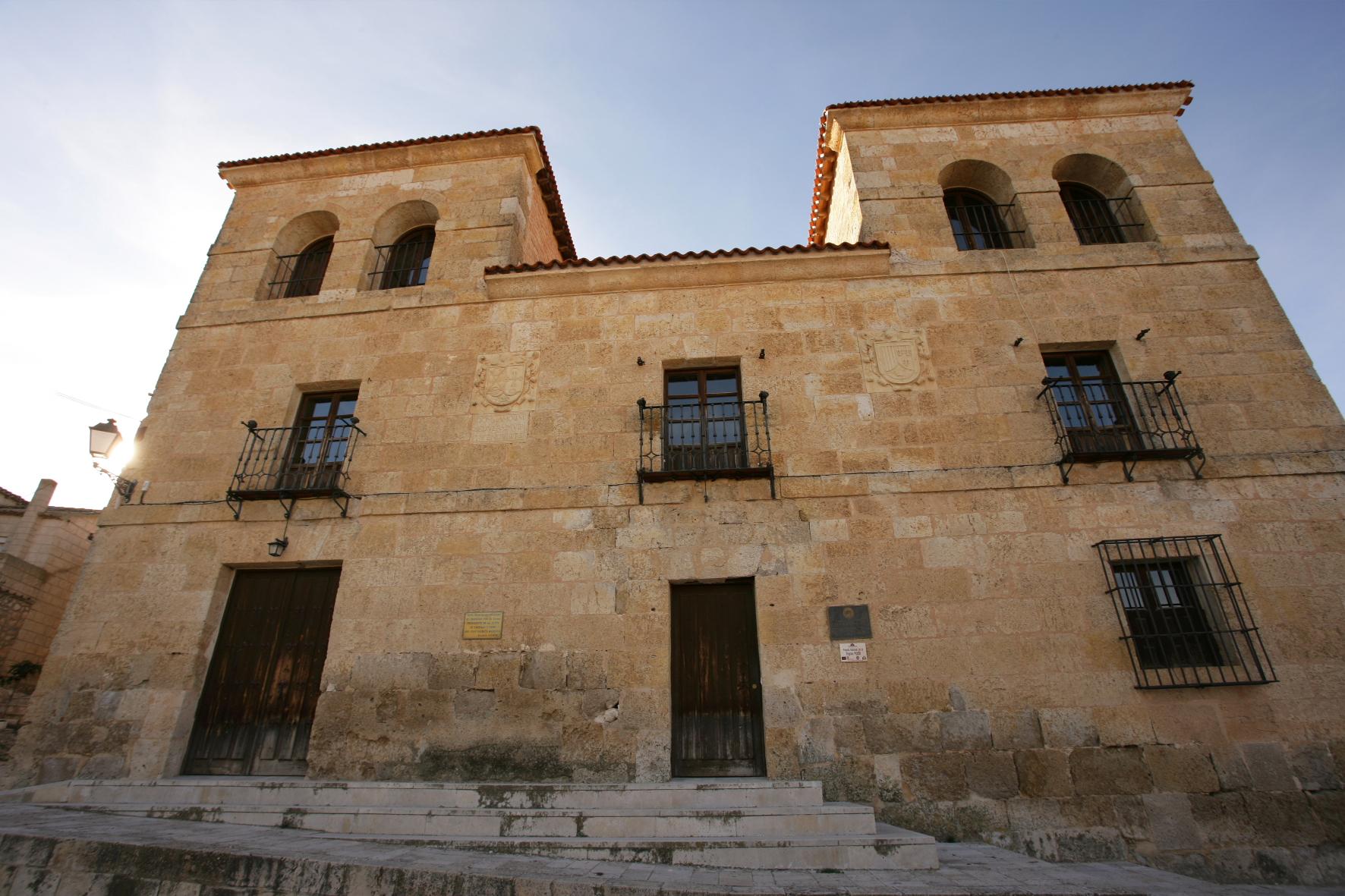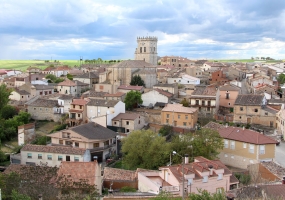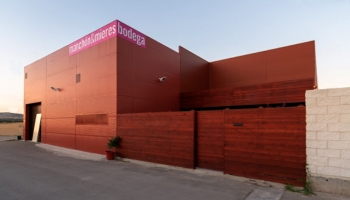

Cultural resource
Monument
In 1991 it was declared a "Site of Cultural Interest", with a Monument category.
Its origin is found in the old manor houses of the Guzmán and Santoyo and in those of the Beltrán that occupy bordering positions.
The works had to begin at the beginning of the decade of the 40s.
Shortly after, two renowned stonemasons in Trasmiera merindad, Francisco de la Fonfrida and Pedro de la Torre, are responsible for erecting, in front of the building that D. Cristóbal had made, a body topped with two towers, also lengthening the vaulted basement of the same.
The palace continued to be part of the family possessions of the Guzmán Santoyo until the beginning of the 18th century, when the first branch in Manuela María Jesús de Guzmán Santoyo became extinct, who married the heir of another prominent riverine lineage, José Antonio Jalón Gallo Curiel de la Torre and Salinas.
In1902, Mr. Valentín Gómez Jalón sells his part to the City Council in order to allocate it to Town Hall and home of teachers. From that moment, the necessary interventions were made to adapt the residence to its new functions. This situation remained until the last decades of the 20th century.
The situation begins to change from its declaration as an Asset of Cultural Interest. Firstly, the condition of the roof was taken care of and, subsequently, a complete rehabilitation of the property was carried out. Given the magnitude of the building, in relation to the needs of the locality, it was decided to endow it with a diversified character, combining the administrative and medical care functions with the dedication of a large part of the property to tourist uses.
Photos

Location
Suggestions
Winery
Pesquera de Duero
Restaurant
Quintanilla de Onésimo
Accommodation
Peñafiel
Shop
Peñafiel
Museums
Aranda de Duero
Leisure
Aranda de Duero











